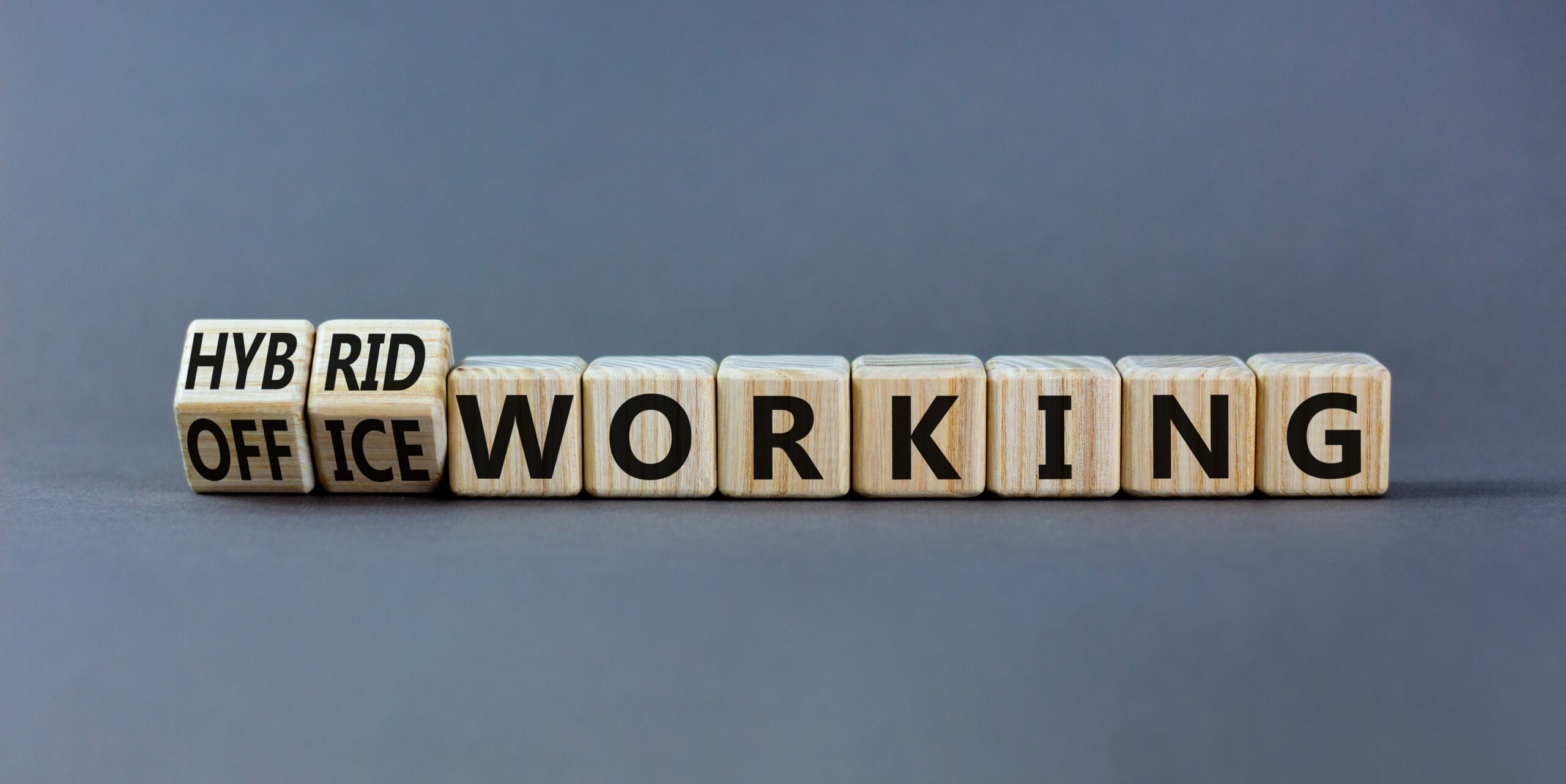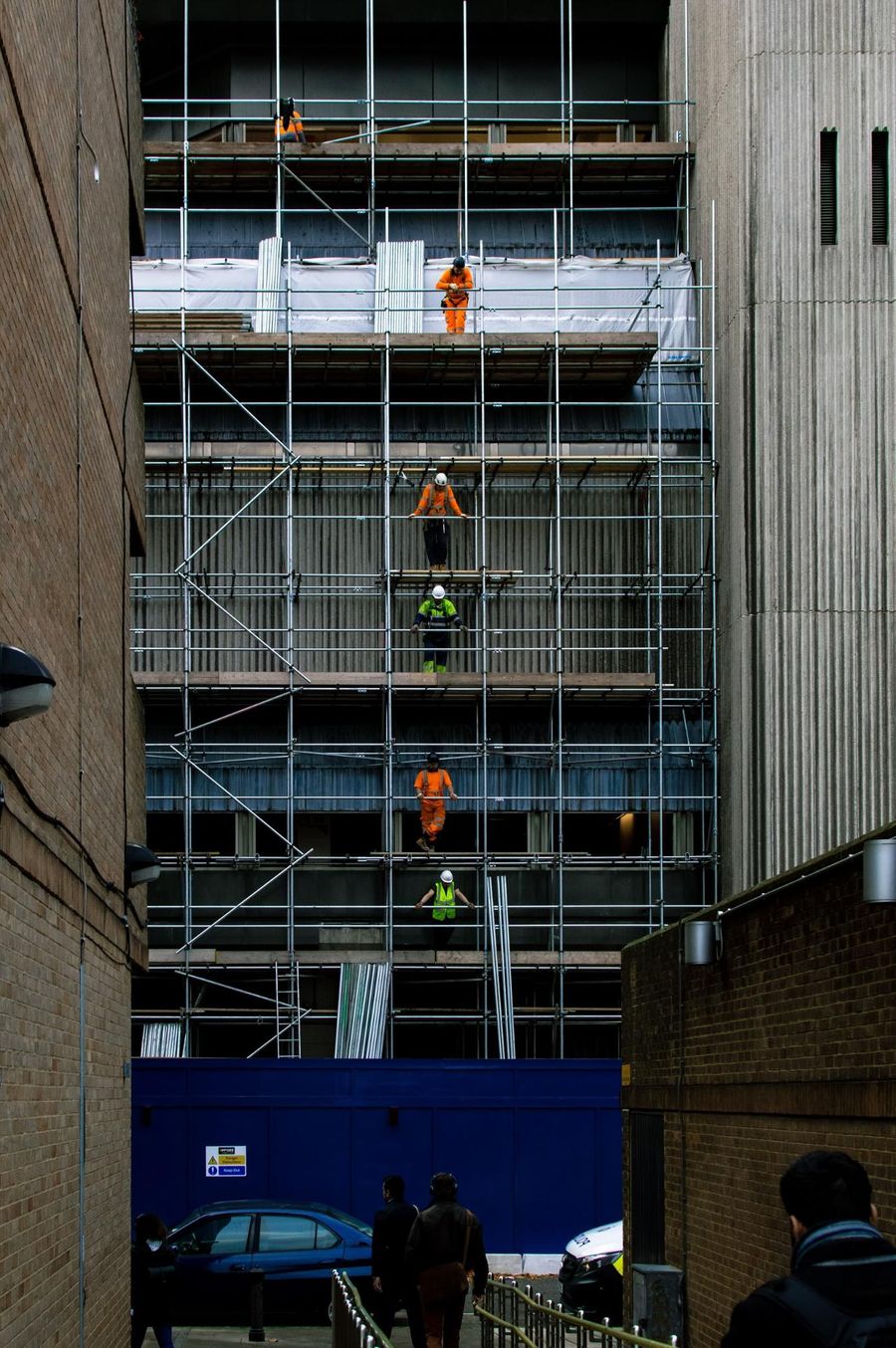The COVID-19 pandemic might feel like a never-ending nightmare—especially in light of its third wave sparking an additional round of lockdowns—but some semblance of normalcy is, indeed, on the horizon. When that happens, some safety protocols that have been adopted since March of last year will be permanent.
According to Melissa Burton, consulting practice leader for Arup Canada, an engineering advisory firm that specializes in the built environment, the way companies and their employees interact with office space will be different in the aftermath of the pandemic.
Queuing up
Social distancing is likely to remain a reality for some time to come, and the more noteworthy manifest adaption in the post-COVID era will be how workers queue up to enter office buildings, including elevators.
Entering the building, says Burton, will require a staggered approach, otherwise queues would stretch around city blocks and conjoin other buildings’ queues. Hundreds of people lining up all over, say, downtown Toronto will exacerbate, not reduce, the spread of pestilence. Using pedestrian modelling software called MassMotion, precision can be established in determining everything from washroom protocols to “hotspots.”
“There’s also an office use strategy: how can you better position some facilities in the office to maintain appropriate social distancing? It shows how to use operational strategy in office space, like automatic doors to enter into a washroom and establishing ways to socially distance entry into, and exiting from, the washroom,” Burton told CREW. “It’s agent-, or user-, based and you typically have people moving around in the software, which, according to the research, gives representation to agents on how to replicate moving through a space. It also identifies ‘pinch points,’ or hotspots, on the office floor you occupy, and when you identify hotspots you can craft a solution to mitigate them because you can see where your areas of concerns can be.”
Staggered entry facilitates social distancing through a contracted volume of entrants at any given time and, as mentioned, it avoids entwining lineups to other buildings on the street.
“If you’re an individual or company that owns or rents floors—let’s say floors 27-35—in an office tower and you want to understand how you will be able to bring people back to work, you need to share elevator space with all other floors,” said Burton. “Queuing protocols are set up for staff to enter into buildings, which includes their times of entry. Instead of everybody arriving at 9 AM, why not stagger entry times into the building?”
HVAC
Implementing UV germicidal irradiation inside HVAC ductwork or air handling units has been shown to neutralize viruses such as COVID-19, bacteria and fungi. Additionally, increasing outside or natural airflow is another way to reduce the risk of indoor infectious disease spread, says Burton.
“Mitigation and adaptation can help you provide a safer work environment for employees and allows you to move back to the capacity that you want.”
Technology
Technology will be the most positive of changes to come out of the pandemic because, says Burton, companies have exceptionally integrated remote working tools. While working from home is sure to continue post-pandemic, Burton expects technological innovation to suffuse the office environment too.
“I certainly think office spaces are going to become (more) technically savvy, where we can accommodate people who work one or two days a week remotely and environments that have large screens, interactive white boards, areas employees can white board and collaborate with people in person or remotely,” she said.
“Places will steer themselves to become collaborative spaces and that’s one of the things we don’t have by working from home. We have technological tools to use that abet collaboration and creativity, but when we get back to office we’ll want to carry on and ensure we can stay collaborative.”
Neil Sharma is the Editor-In-Chief of Canadian Real Estate Wealth and Real Estate Professional. As a journalist, he has covered Canada’s housing market for the Toronto Star, Toronto Sun, National Post, and other publications, specializing in everything from market trends to mortgage and investment advice. He can be reached at neil@crewmedia.ca.









